Animal agriculture is breeding animals to produce animal products like milk, meat, skin, eggs, and recreational purposes. These activities are a part of modern agriculture. Animal agriculture, including breeding maintenance, is also known as animal husbandry and has been practiced in many cultures since the earlier transition to farming practices from the hunter-gatherer stage. In practice, other terms include intensive animal agriculture, Concentrated Animal Feeding Operations (CAFOs), and factory farms.
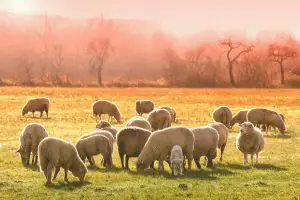

Does Agriculture Include Animals?
Agriculture generally refers to the practice of growing foods like rice, corn, vegetables, fruits, and grains; however, agriculture also includes breeding animals for food. Even in nomadic societies, where people gathered food from uncultivated ecosystems, hunting was one part of their food consumption. Today animal agriculture is a vast and developed area operated in large-scale factories to meet the higher demand. Therefore, agriculture today is a massive business that produces the basic need of food for people, and much of this process includes animal agriculture.


Origin of Animal Agriculture
As mentioned above, animal agriculture dates back to the hunter-gatherer stage of human civilization. Around 13,000 BC onwards, the man started domesticating animals. In early civilizations like Egypt, there was evidence that Egyptians raised cattle, goats, pigs, and sheep on farms. In the 18th century, the British agricultural revolution started with the improvements in reputed livestock breeds, including Lincoln Longwool and Dishley Longhorn, to increase the yield of milk, meat, and wool by agriculturists like Robert Bakewell. Apart from common animal husbandry confined to cattle, chicken, ducks, pigs, and goats, the animal species used for farms has widened its scope to water buffalo, llama, horse, rabbit, guinea pig, insect farming, aquaculture, etc.


Animal Agriculture Farms in the USA
The USA is famous for its widespread, large-scale farms engaged in animal husbandry. These farms aim at producing beef, cattle, dairy products, pigs, layer chicken, and meat chicken. Apart from the USA, Denmark, Switzerland, and New Zealand are seen as giant competitors in dairy production worldwide. The United States holds first place in world beef production and is the second-largest beef exporter. The United States Department of Agriculture (USDA), through animal research programs and various market research, has developed some biotechnological methods and gathered data and statistics to demonstrate developments, trends, and challenges related to animal productivity in the United States and foreign markets.


Did you know?
- The US is the first in world beef production and the second largest in exporting beef.
- The USA is the second-largest pork producer and ranks second in importing and exporting country pork.
Dairy Resources
Dairy products are essential in animal agriculture, primarily because of milk production. The related products like cheese, yogurt, fluid milk, butter, and ice cream add to the value of dairy products. In the USA, milk has a farm value of production second only to beef among livestock industries. There, the dairy farms are primarily operated as family-owned businesses and are generally members of producer cooperatives.
What is Alternative Livestock?
One complaint about animal agriculture is the massive slaughter of animals for food. Although animal agriculture is at a stage that is hard to reverse or force stop, its continuance should ensure the conservation of endangered animal species. Therefore, alternative livestock production is a solution for protecting the genetic diversity in poultry species and livestock by promoting and conserving endangered breeds.
Animal Agriculture Today


Modern animal husbandry is profit-oriented and targets to cover important international markets. Therefore, it is no longer a small-scale local business, and most modern farms adopt production systems adapted to the type of available land and other resources. This limited space allows farm owners or keepers to confine thousands of animals to small cages without enough light or access to water.
For example, thousands of chickens are raised in broiler houses or batteries for meat and eggs, while beef cattle are kept in high-density feedlots. But small village farmers can let their animals roam here and there as they possess extensive land available for grazing. There are factory-farmed chickens who could never fly as their feathers are worn away from stress.


In contrast, animals in large farms are prevented from exploring the world and spending a free life with their instincts and behaviors. Their lives are poorer than the animals raised in spacious rural farms with access to water, air, light, and space. The only aim of large-scale farm owners is to maximize their profits each year by reducing the maintenance cost of these animals while increasing the yield ( eggs, milk, meat, and fiber) by exploiting them ruthlessly.
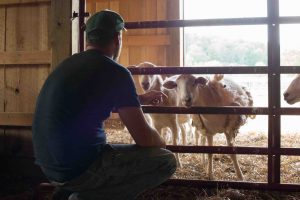

The US experience
When it comes to animal agriculture in the USA, the pathetic plight of farm animals is no exception. In the animal husbandry business in the country, 99% of all animals are raised for food in the US. Their lives are threatened and dominated for their entire lives on these factory farms. As one of the biggest counties with large farm lands available, the USA encounters lots of issues related to its farming and demand for farm products.
Story Behind the Curtains
No matter how cleverly people market animal products at supermarkets and other grocery shops, the reality of animal agriculture is often the exploitation and consumption of animals in an inhumane way. In the USA, all animal agriculture activities fall under intensive animal agriculture. In other words, animal products are labeled as ‘healthy’ and ‘fresh’ to attract the consumer, but the final product results from the abusive treatment of animals at the farms or factories where they were raised.
Therefore, animal agriculture has two sides; food production and exploitation of animal rights. Sadly the prevailing legislations are not enough to protect farmed animals’ rights. Therefore, some people, especially vegans, refuse to use animal products and promote very few substitutes, which is a complex struggle to continue.
Read More on animal farming, and raising cattle, pigs, hens and ducks in the cheapest and safest ways by visiting our site.
What Do You Know About Miniature Cattle?
Silkie Hen vs Rooster – Comprehensive Guide
How Long Do Roosters Live? – Explained
Do Donkeys Keep Coyotes Away? Let’s Find Out

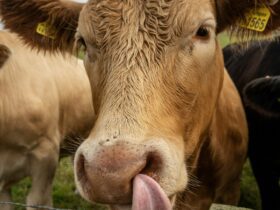
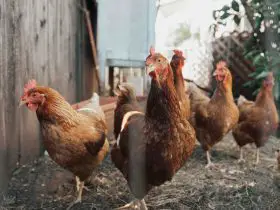
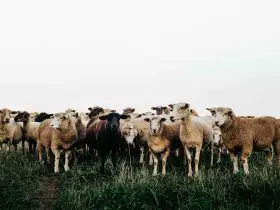
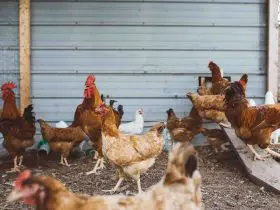
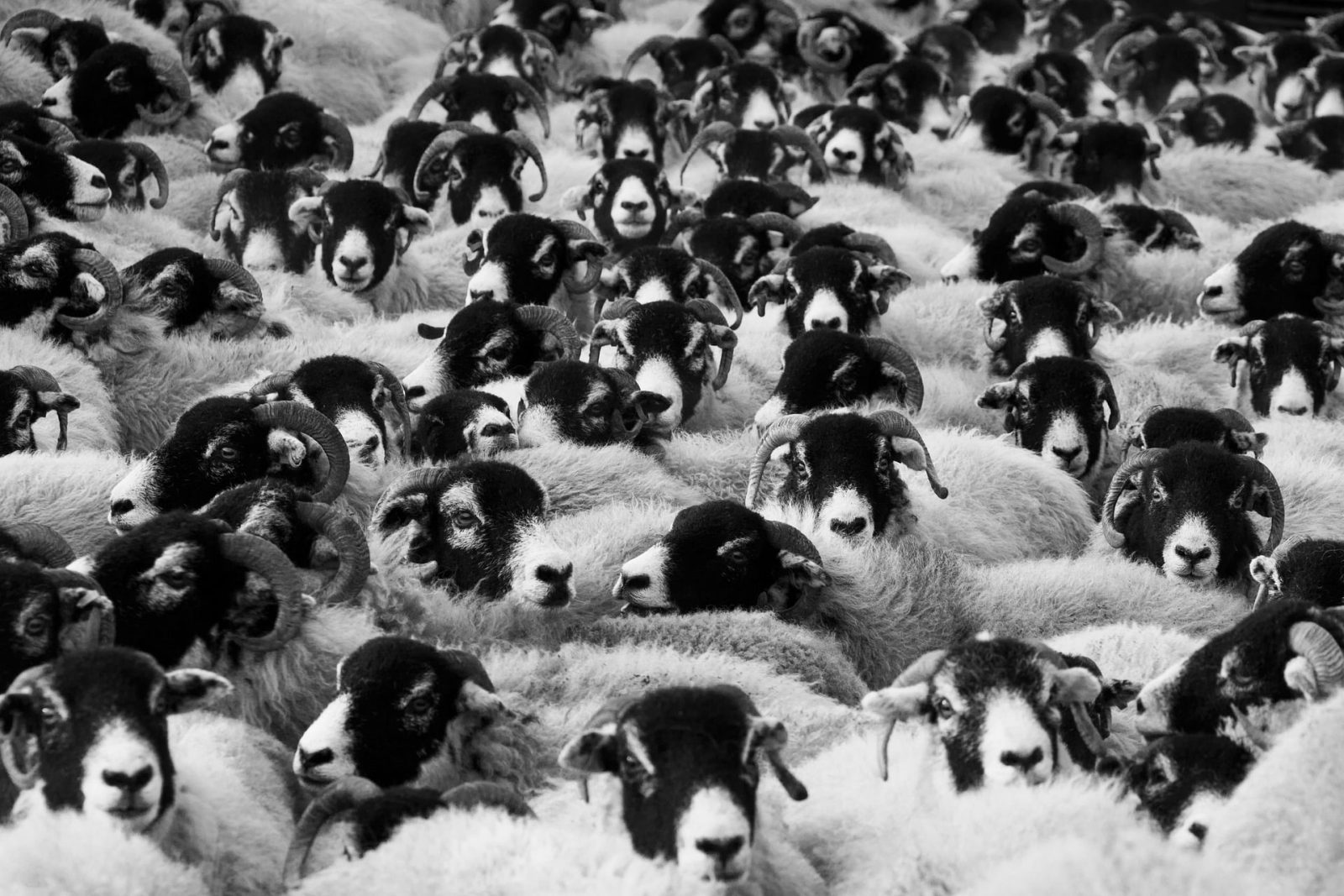
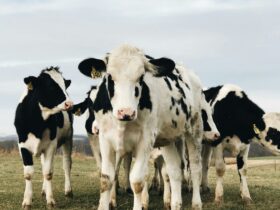
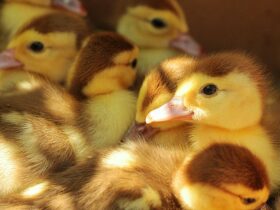
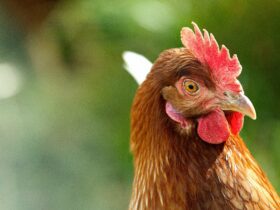

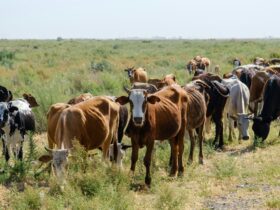
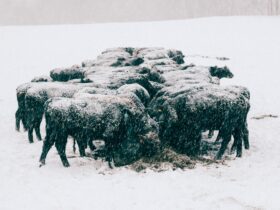
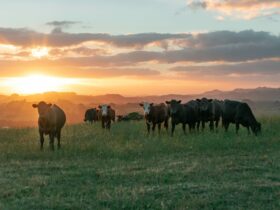

Hello!! Welcome to Anim Farm